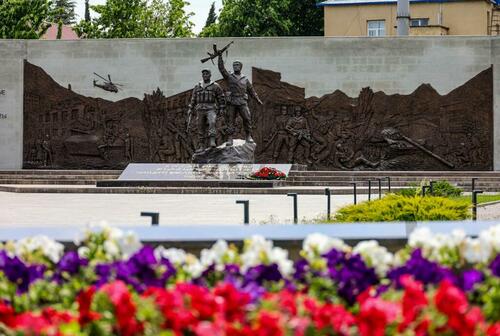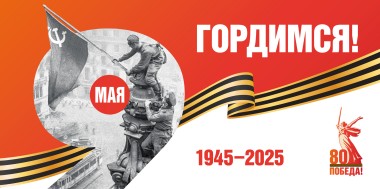For more than a quarter of a century, the Day of Russia has acquired certain traditions, and citizens began to recognize that the solidarity and unity of the people for them is one of the symbols of the country along with the anthem and the flag.
HISTORY OF THE HOLIDAY
On June 12, 1990, the First Congress of People's Deputies of the RSFSR adopted the Declaration on State Sovereignty of Russia. From now on, in solving all issues of state and public life, the RSFSR enjoyed full power. The declaration affirmed equal legal opportunities for all citizens, political parties and public organizations, the principle of separation of legislative, executive and judicial powers, the need to significantly expand the rights of autonomous republics, regions, districts, and territories of the RSFSR.
In May 1991, the Supreme Soviet of the RSFSR declared June 12 a non-working day. In June 1992, this day was named a holiday. By the decree of the President of Russia dated June 2, 1994, the Day of the adoption of the Declaration on State Sovereignty of the Russian Federation was declared a public holiday.
The name "Day of Russia" was officially given to the holiday in 2002, when the new Labor Code came into force, which prescribed new holidays and weekends.
In South Ossetia, the Day of Russia is included in the calendar of public holidays and is considered a day off since 2005. Most of the citizens of South Ossetia are also citizens of the Russian Federation and consider themselves a part of the Great Russia.
The Russian Embassy in South Ossetia organized a reception on the eve of the holiday, with the participation of political and public figures of the Republic. Ministry of Culture, together with Rossotrudnichestvo, has also prepared a festive program. In the Republic, on the occasion of the holiday, citizens will rest for three days - from 12 to 14 June.







